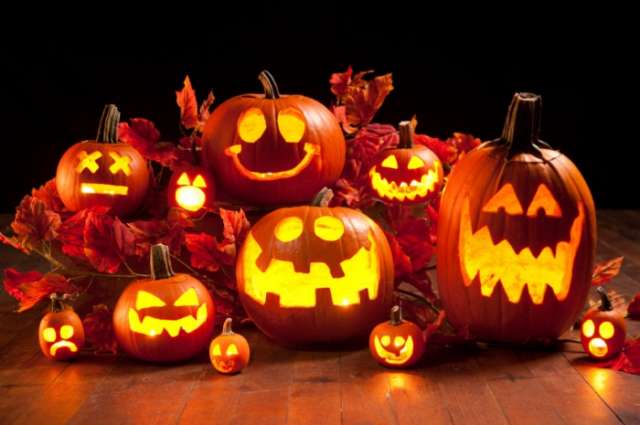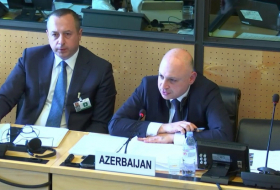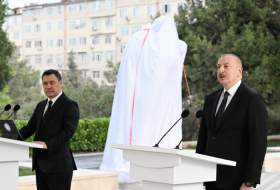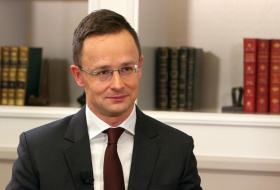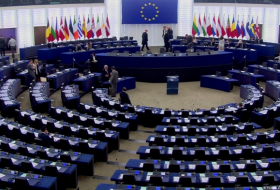What is Halloween?
Well, Halloween or Hallowe’en (a contraction of All Hallows’ Evening), also known as Allhalloween, All Hallows’ Eve, or All Saints’ Eve, is a spooky celebration observed every year in a number of countries on October 31 — the eve of the Western Christian feast of All Hallows’ Day, also known as All Saints’ Day. In 2017, Halloween falls tomorrow.
The Americanised (Americanized?) Halloween that we experience today actually originated in the Celtic fringes of Ireland and Britain, and was adapted over the decades by Christian traditions, immigrants’ conventions and an insatiable desire for sweets.
What is the history behind Halloween?
The origin of the festival is disputed, and there are both pagan and Christian practices that have evolved into what Halloween is like today.
Some believe it originates from the Celtic pagan festival of Samhain, meaning ‘Summer’s End’, which celebrated the end of harvest season.
Gaels believed that it was a time when the walls between our world and the next became thin and porous, allowing spirits to pass through, come back to life on the day and damage their crops. Places were set at the dinner table to appease and welcome the spirits. Gaels would also offer food and drink, and light bonfires to ward off the evil spirits.
The origins of trick or treating and dressing up were in the 16th century in Ireland, Scotland and Wales where people went door-to-door in costume asking for food in exchange for a poem or song. Many dressed up as souls of the dead and were understood to be protecting themselves from the spirits by impersonating them. More about that below.
The Christian origin of the holiday is that it falls on the days before the feast of All Hallows, which was set in the eighth century to attempt to stamp out pagan celebrations. Christians would honour saints and pray for souls who have not yet reached heaven.
What has Halloween got to do with dressing up?
Celts dressed up in white with blackened faces during the festival of Samhain to trick the evil spirits that they believed would be roaming the earth before All Saints’ Day on November 1.
By the 11th century, this had been adapted by the Church into a tradition called ‘souling’, which is seen as being the origin of trick-or-treating. Children go door-to-door, asking for soul cakes in exchange for praying for the souls of friends and relatives. They went dressed up as angels, demons or saints.
The soul cakes were sweet, with a cross marked on top, and when eaten, they represented a soul being freed from purgatory. Nicholas Rogers, a historian at York University, says that when people prayed for the dead at Hallow Mass, they dressed up.
When praying for fertile marriages, “the boy choristers in the churches dressed up as virgins. So there was a certain degree of cross dressing in the actual ceremony of All Hallow’s Eve.”
In the 19th century, souling gave way to guising or mumming, when children would offer songs, poetry and jokes — instead of prayer — in exchange for fruit or money.
The phrase trick-or-treat was first used in America in 1927, with the traditions brought over to America by immigrants. Guising gave way to threatening pranks in exchange for sweets.
After a brief lull during the sugar rations in World War Two, Halloween became a widespread holiday that revolved around children, with newly built suburbs providing a safe place for children to roam free.
Costumes became more adventurous — in Victorian ages, they were influenced by Gothic themes in literature, and children dressed as bats and ghosts or what seemed exotic, such as an Egyptian pharoah. Later, costumes became influenced by pop culture, and became more sexualised in the 1970s.
Many of us have fallen victim to a scary Halloween prank, or even played the nasty trickster ourselves. From jumping out of bushes dressed as zombies or spooking people in their sleep as ghost, the terrifying list of possibilities is endless.
Why do we carve pumpkins?
The carving of pumpkins originates from the Samhain festival, when Gaels would carve turnips to ward off spirits and stop fairies from settling in houses.
A theory that explains the Americanised name Jack O’Lantern came from the folkloric story of Stingy Jack, who
fooled the devil into buying him a drink. He was not let into heaven or hell — and when he died, the devil threw him a burning ember which he kept in a turnip.
The influx of Irish immigrants in the 1840s to North America could not find any turnips to carve, as was tradition, so they used the more readily available pumpkin into which they carved scary faces.
By the 1920s, pumpkin carving was widespread across America, and Halloween was a big holiday with dressing up and trick-or-treating.
The original article was published in the Independent.ie.
More about: #Halloween








